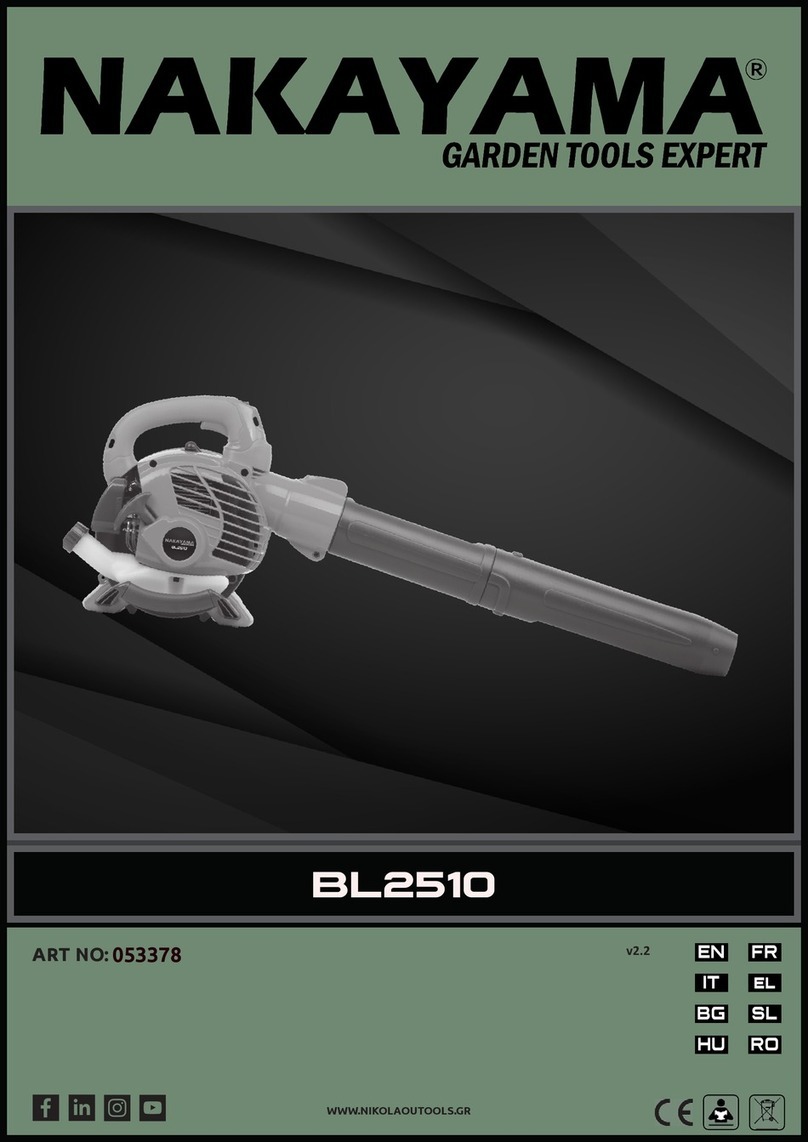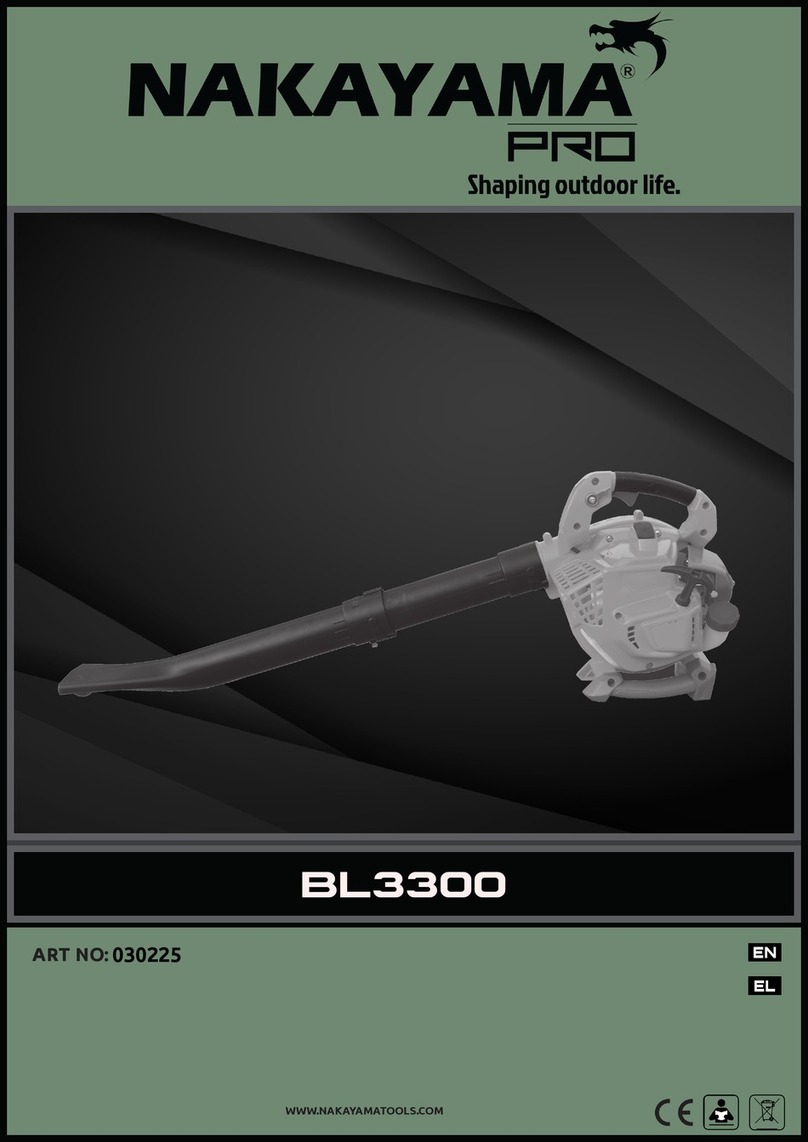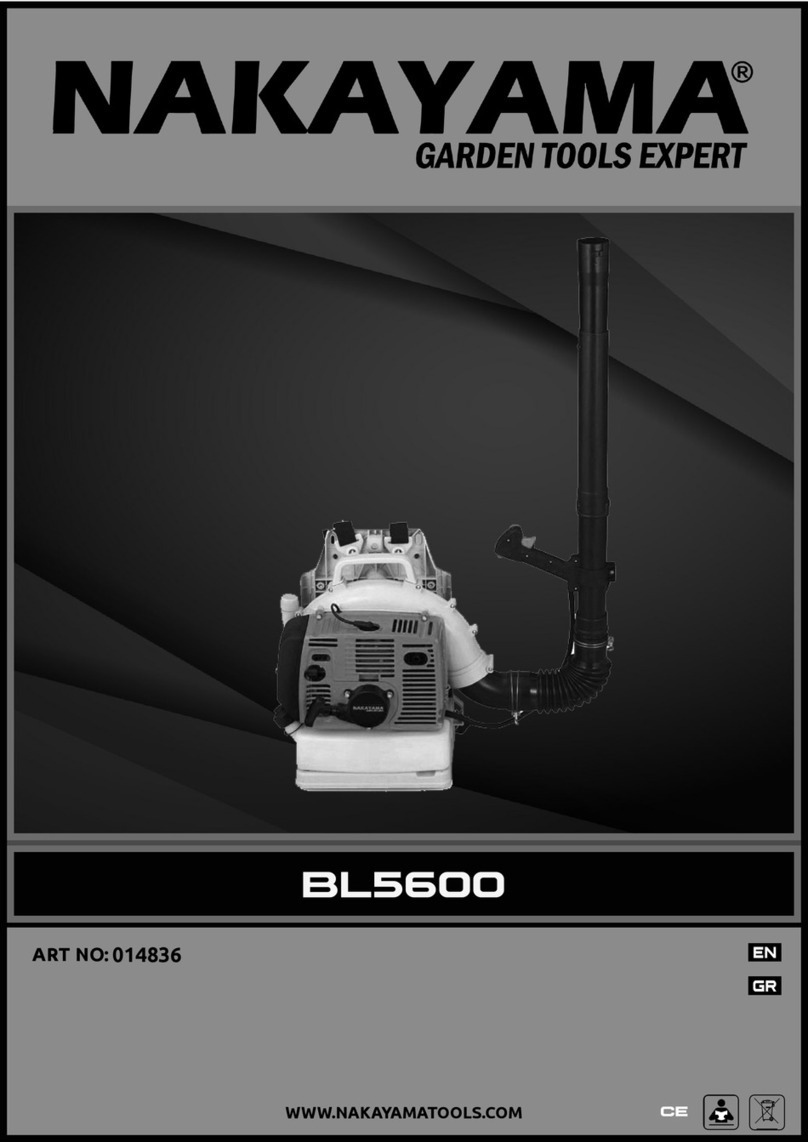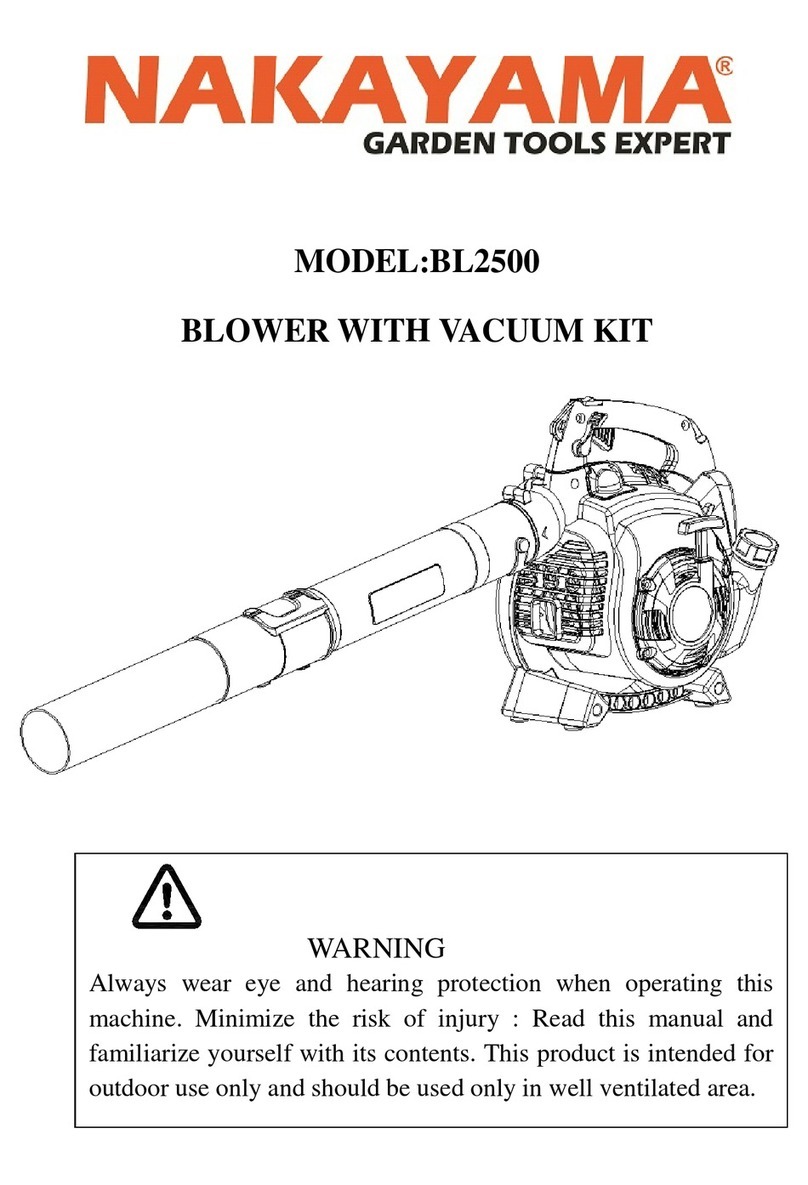
GENERAL SAFETY INSTRUCTIONS
Before attempting to use this tool, it is important that you read, understand and follow these
instructions very carefully.
This device is not intended for use by persons (including children) with reduced physical, sensory or
mental abilities or lack of experience and knowledge, unless they have been given supervision or
instructions concerning the use of the device by a person responsible for their safety.
Children should be supervised to ensure that they do not play with the appliance.
1) Training
- Read the instructions carefully. Familiarise yourself with the controls and the correct use of
the device.
- Never allow children to use the appliance.
- Never allow persons who are not familiar with these instructions to use this tool. Local
regulations may restrict the age of the operator.
- Never operate the appliance when other people, children or pets are in close proximity.
- The operator is responsible for accidents or hazards that occur to other people or their
property.
2) Preparation
- When operating the appliance, always wear suitable footwear and long trousers.
- Do not wear loose clothing or jewellery that can be pulled into the air inlet. Keep long hair
tied up and away from air inlets.
- Wear safety glasses when operating the tool.
- To prevent dust irritation, wearing a mask is recommended.
- Before use, check the power cord and extension cord for signs of damage and wear. Do not
use the tool if the cord is damaged or worn; - Never use the tool with defective guards or
without safety devices, such as a debris collector in place.
- Only use a weatherproof extension cord.
3) Operation
- Always direct the cable to the rear away from the device.
- If a cord is damaged during use, disconnect the power cord from the mains immediately. DO
NOT TOUCH THE CORD BEFORE DISCONNECTING THE POWER SUPPLY.
- If the power cord is damaged, it must be replaced by the manufacturer, its service agent or
persons similarly qualified to avoid a hazard.
- Do not pull on the cord to carry the tool.
- Disconnect the tool from the power supply whenever you walk away from the tool, before
cleaning, before checking or working on the tool, and finally, if the unit starts to vibrate
abnormally.
- Operate the tool only in daylight, or in good artificial lighting.
- Do not stretch out your arms excessively while operating the tool and maintain your balance
at all times.
- Always be sure of your footing when working on slopes.
- Always walk, never run.
- Keep all cooling air inlets clean and unobstructed.
- Do not blow debris in the direction of bystanders.
- It is recommended that a rake or broom be used to loosen debris before blowing/vacuuming.
EN




































